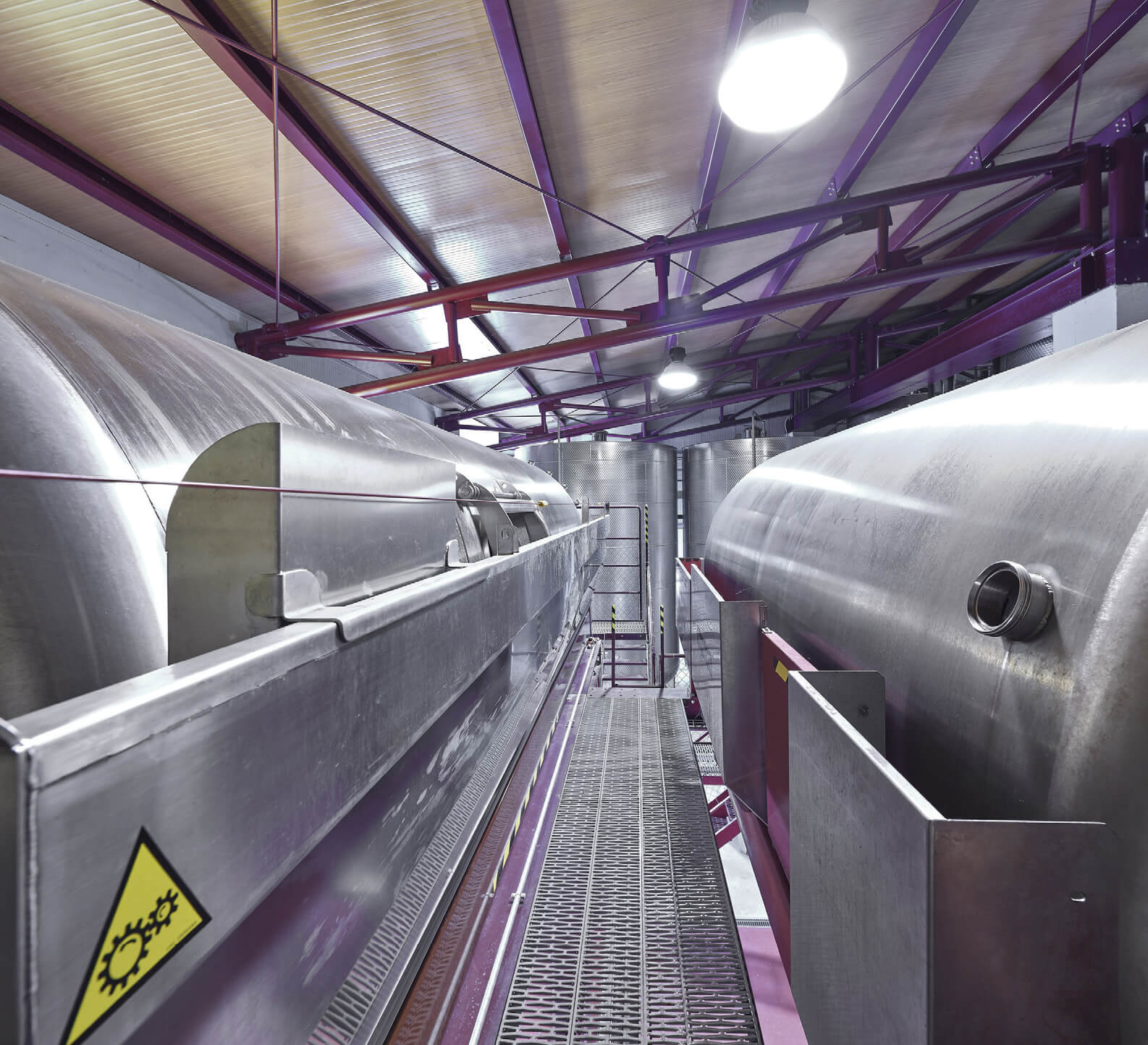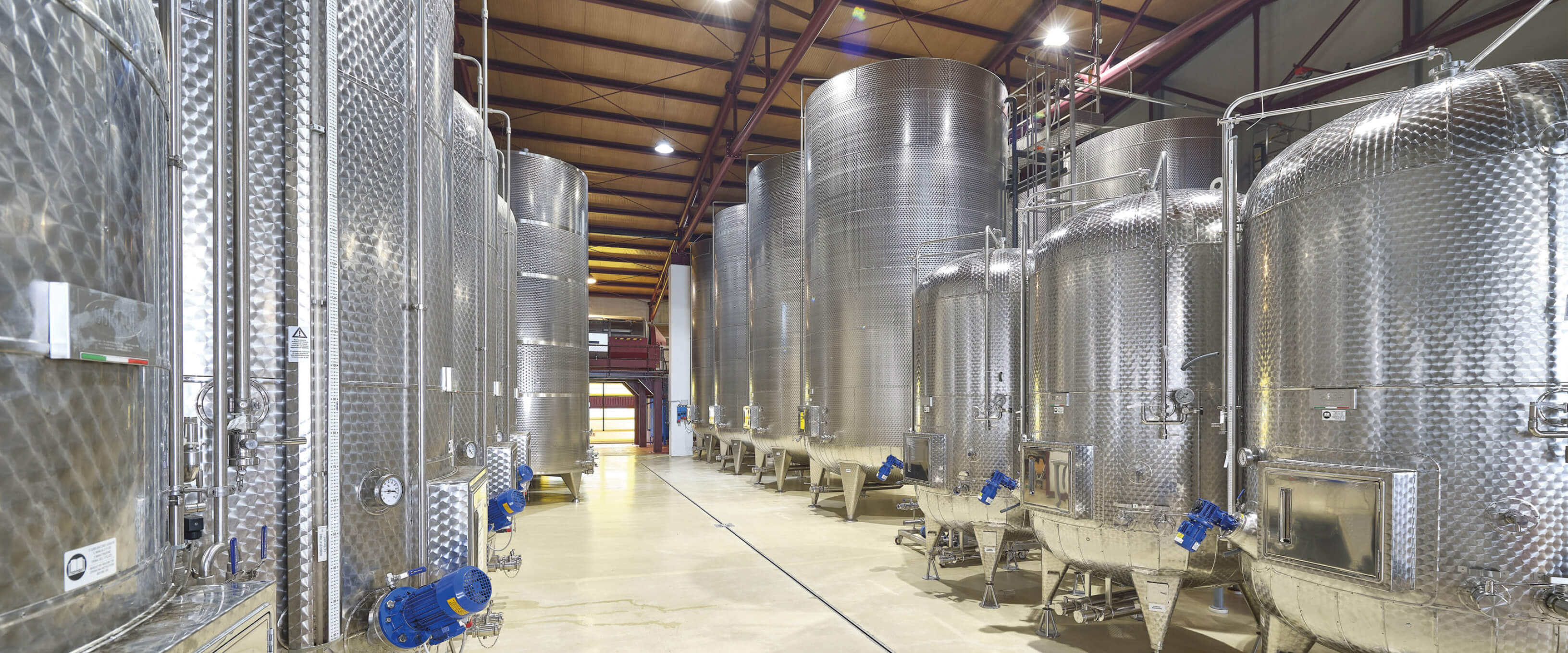
Our propensity towards nature, the new, the future
The company has the most modern winemaking technologies that allow us to work with different oenological objectives and obtain a wide range of vine varieties that allow us to produce wines with fine and clean aromas with well-defined varietal notes. new, the future
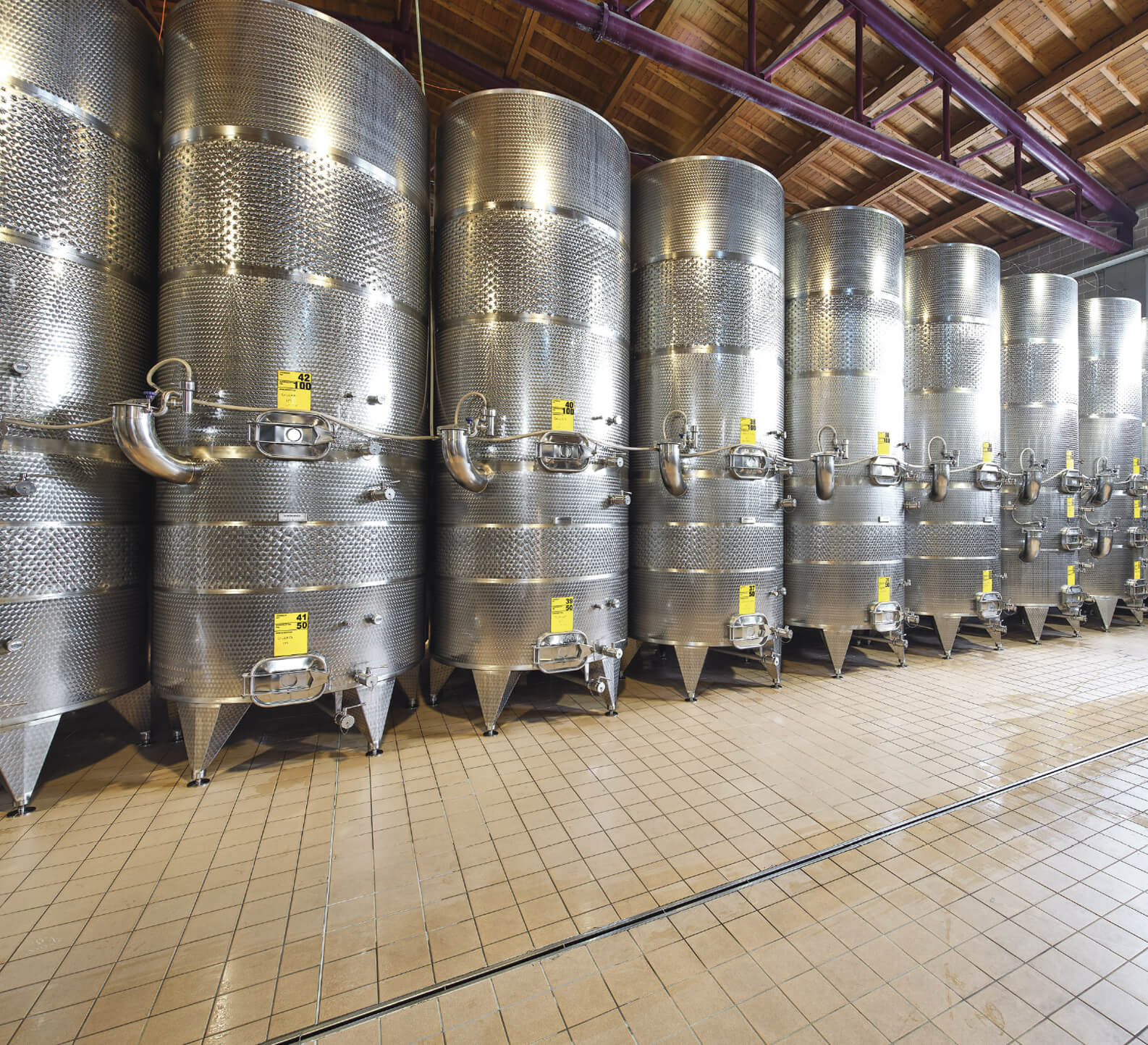
The company has the most modern technologies for the vinification of whites, rosés and reds, both in the still wine and sparkling and sparkling versions and is also equipped with the most modern horizontal pneumatic presses for the soft pressing of the grapes. These machines have programs with different pressing cycles that allow us to work with different oenological objectives and obtain a wide range of vine varieties (note that from one vine variety to another the size of the bunches, the degree of mashing of the grapes and the thickness of the skins).
For the pressing of white wines intended to obtain a base for sparkling wine, we have the possibility of imprinting different destinations on the musts obtained.
In fact, during the pressing of the grapes, what is technically defined as "free run must" (the result of the first pressing cycles) has superior intrinsic qualities compared to the must we obtain in the
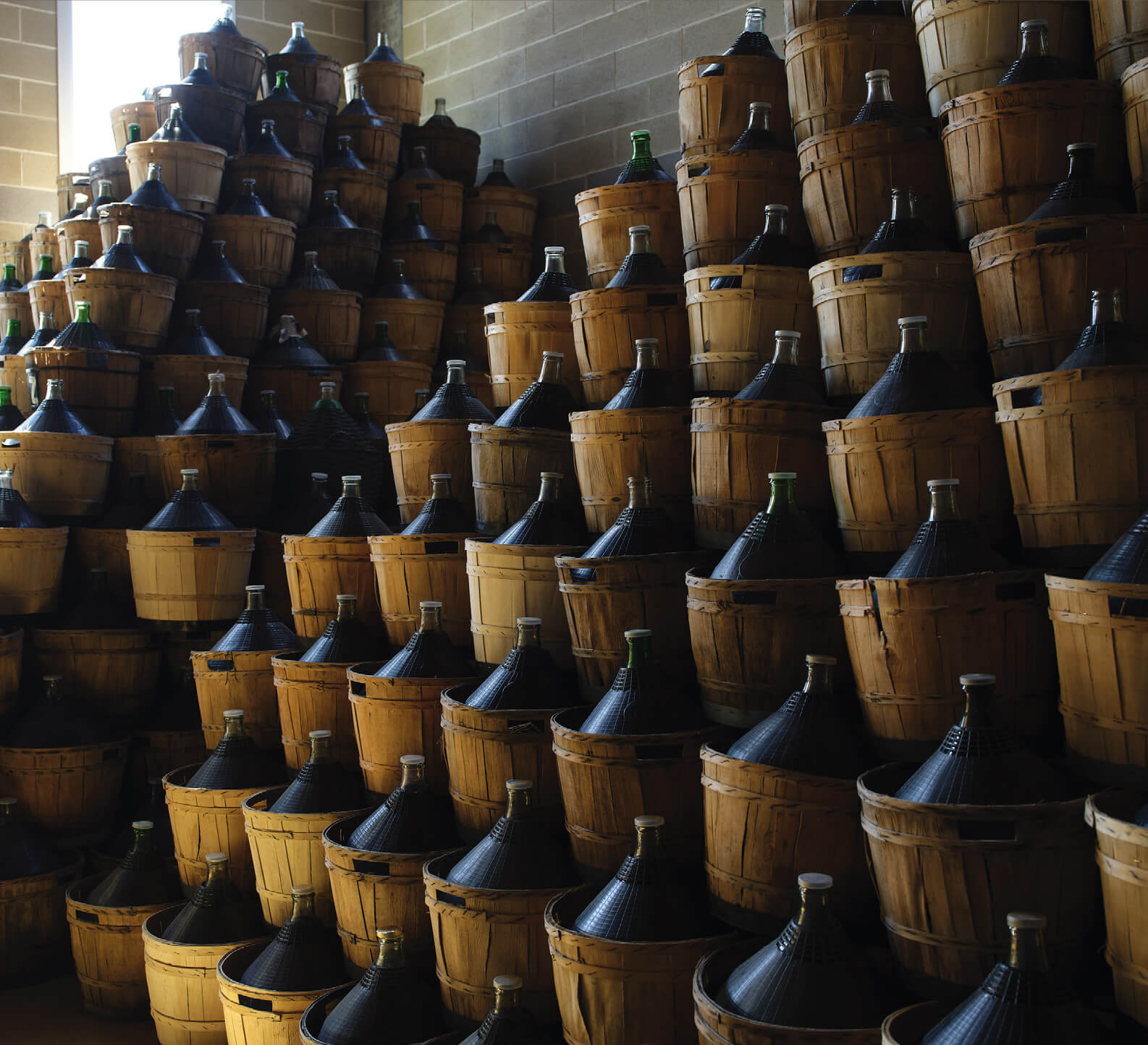
final stages of pressing, consequently, during the harvest we have the possibility of separating the first flower musts to use them for the production of our finest cuvées which we will use for the sparkling wines in the bottle.
For the production of rosé wines (Rosè di Raboso and Manzoni Moscato) and aromatic or semi-aromatic still white wines (such as Moscato Bianco, Traminer, Manzoni Bianco and Sauvignon) we carry out cold pre-fermentation macerations in the press for a period of time that can last up to 24 hours.
This technique has the purpose of extracting a series of aromatic and polyphenolic substances from the skins of these grapes which make it possible to obtain wines with higher aromatic intensities, with greater body and more intense color (the latter only in the case of rosé wines).
For the fermentation of the white grape must we use stainless steel tanks with the
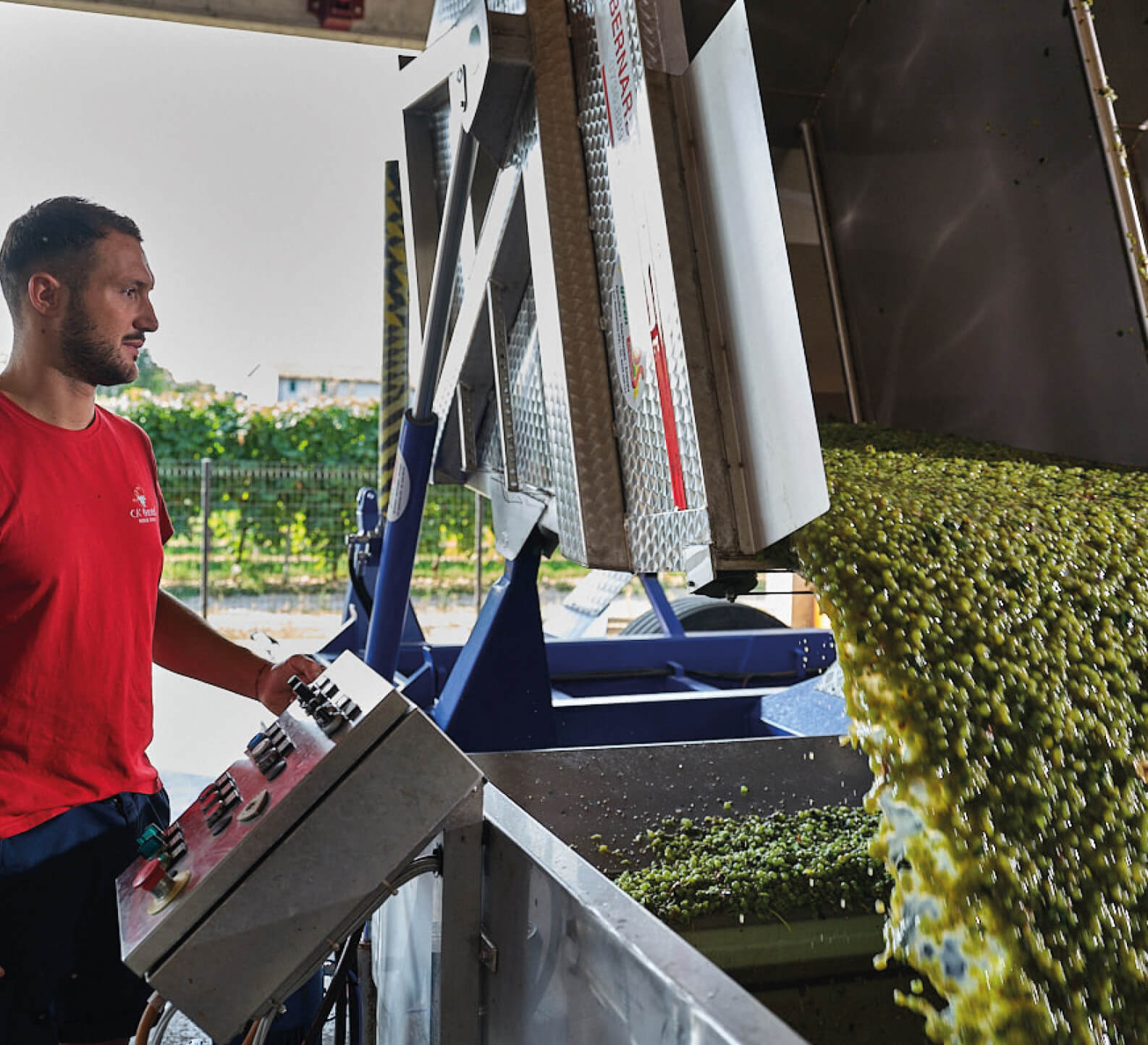
temperature control and selected yeasts that allow us to produce wines with fine and clean aromas with well-defined varietal notes. For the vinification of red wines we use stainless steel vats or macerators with temperature control. These allow us, unlike the white or rosé vinification, to ferment the grape musts in the presence of the skins. In fact, it is precisely from the skins that important substances are extracted such as anthocyanins and tannins which give the wine respectively: color and sensations of astringency or dryness on the palate.
These winemakers are equipped with important technologies that allow the pumping over of the wine and the punching down of the grape skins in a programmed and automated way, even during the night.
For the refinement of our Raboso Piave we follow the traditional method, as the wine is left to ferment in steel vats and then refined
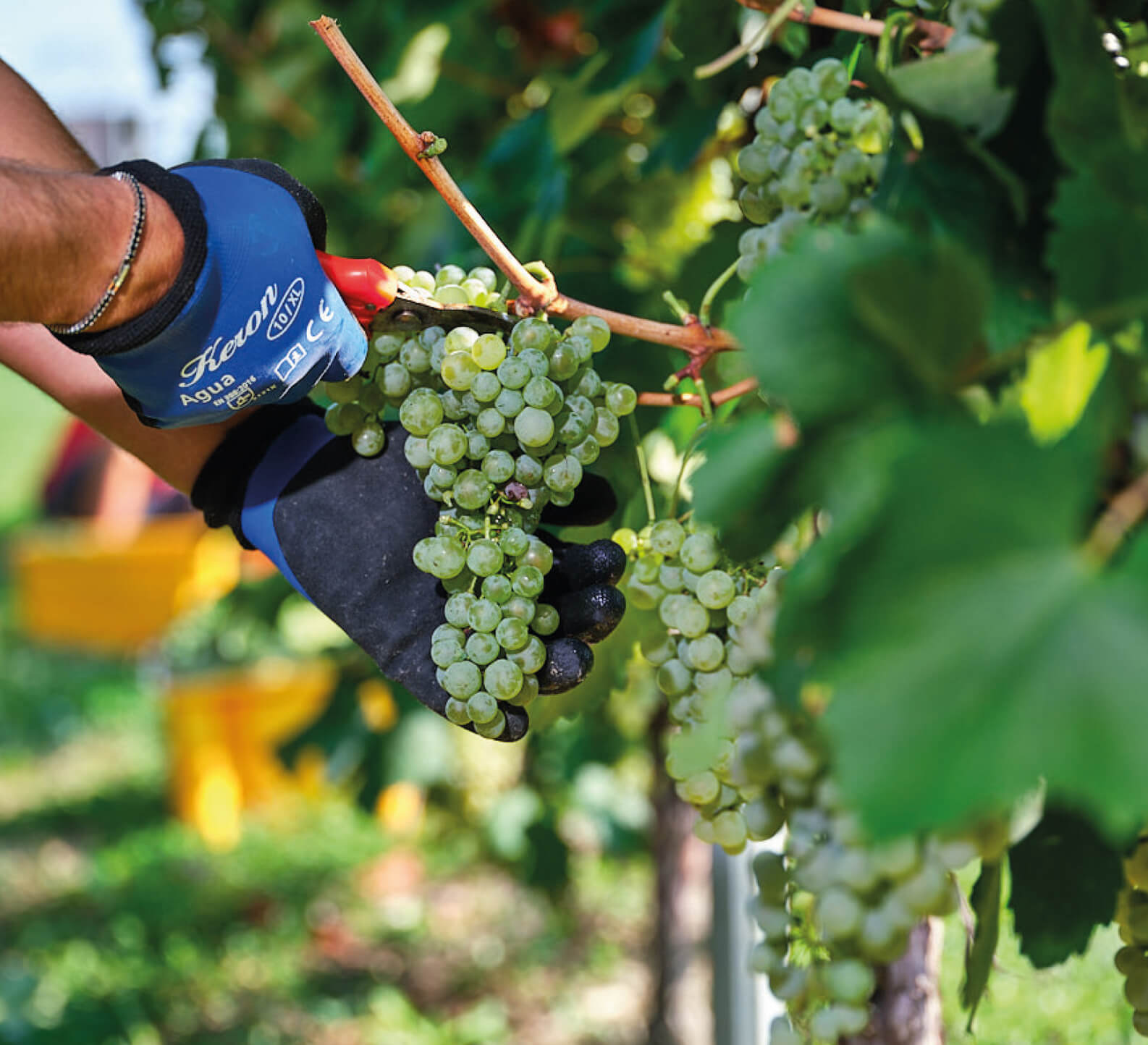
in large oak barrels. The wine is permeated by the oxygen that comes from the external environment through the wooden staves and the different degrees of toasting of the wood itself allow the wine to soften its tannins, decrease the acid perception giving the wine balance, finesse and value.
For the production of sparkling wines according to the Martinotti or Charmat method we have autoclaves or stainless steel tanks with which we can work the wine at high pressures. At different times of the year, we load our still wines that we produced during the harvest into the autoclaves and, through a subsequent addition of yeasts and sugars, we activate the alcoholic fermentation process again which will last 20 days. Thanks to the presence of yeasts and the correct temperatures,
thus begins the transformation of sugars into alcohol and carbon dioxide and the development of this gas gives rise to the bubbles present in the sparkling wine. To the
At the end of the fermentation, the sparkling wine rests on the lees for two or three months and this choice allows us to obtain a superior quality sparkling wine with very fine-grained bubbles and greater aromatic complexity.
All wines, still and sparkling, after resting on their noble lees for a more or less prolonged period depending on the type of product, before being bottled are filtered to become clear, brilliant and microbiologically stable in order to avoid possible future alterations bottled naturals that would change its aroma and taste.
Finally, the entire supply chain ends with the bottling of still, semi-sparkling and sparkling wines and with the packaging of still bulk wines in demijohns, bag in boxes and barrels.
